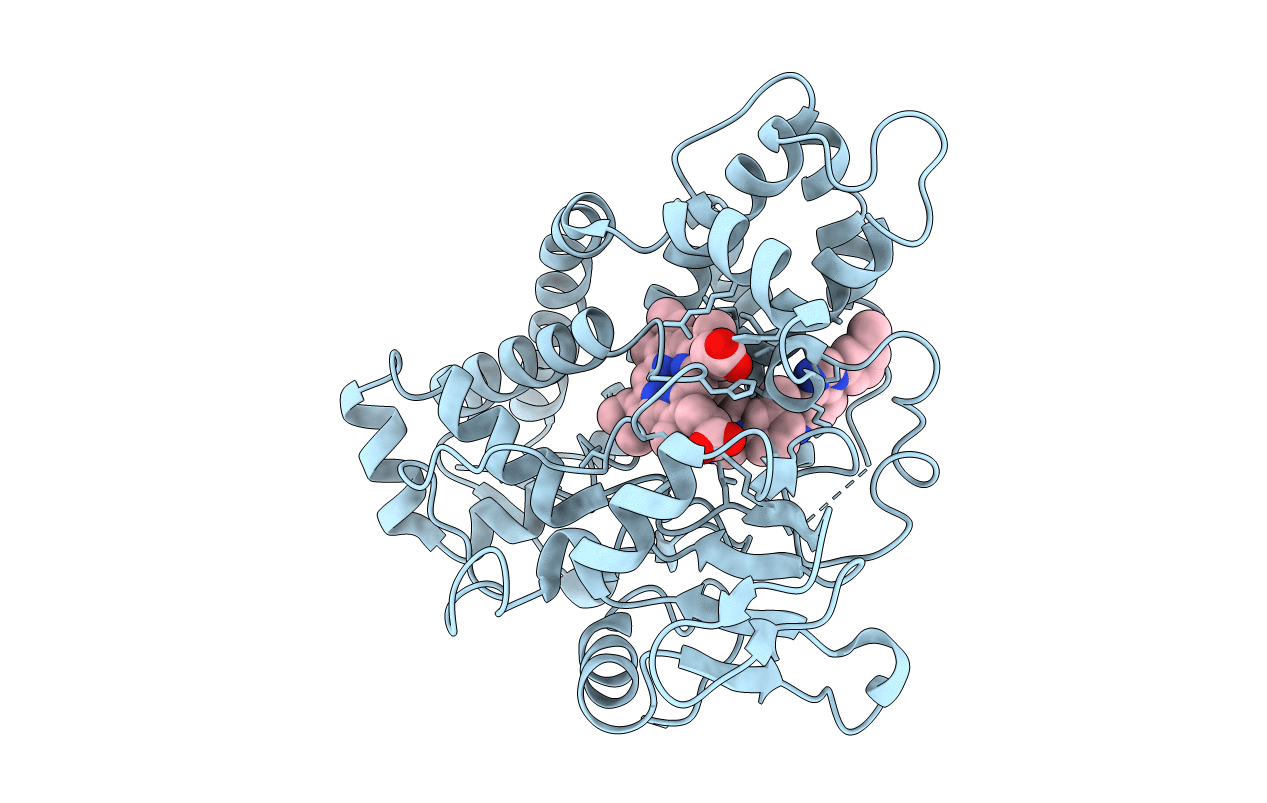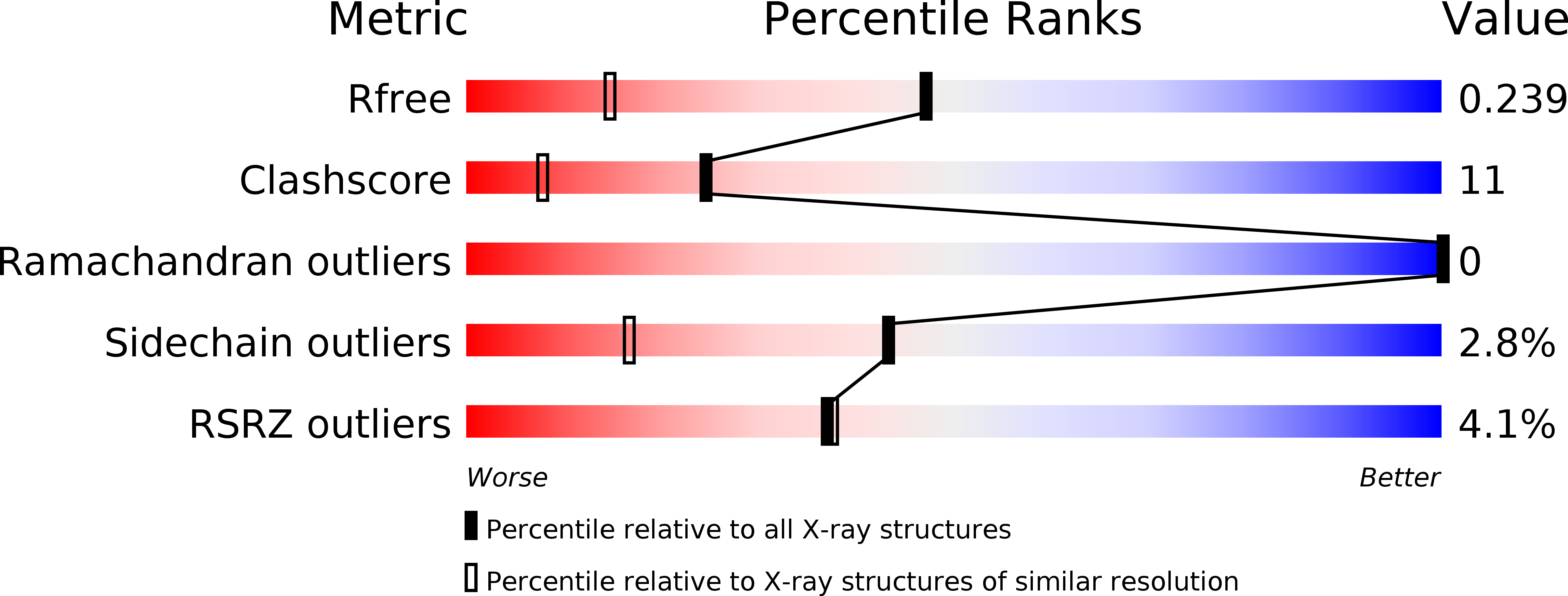
Deposition Date
2009-05-04
Release Date
2009-07-14
Last Version Date
2023-12-13
Entry Detail
PDB ID:
2WHF
Keywords:
Title:
Interaction of Mycobacterium tuberculosis CYP130 with heterocyclic arylamines
Biological Source:
Source Organism:
MYCOBACTERIUM TUBERCULOSIS (Taxon ID: 83332)
Host Organism:
Method Details:
Experimental Method:
Resolution:
1.58 Å
R-Value Free:
0.23
R-Value Work:
0.19
R-Value Observed:
0.19
Space Group:
C 1 2 1


